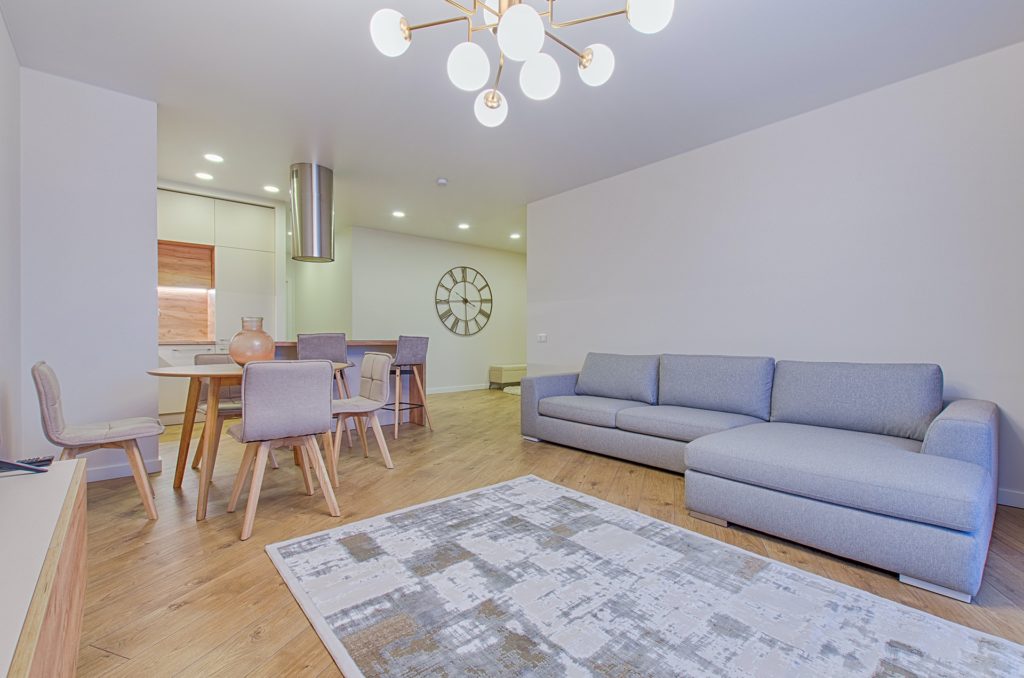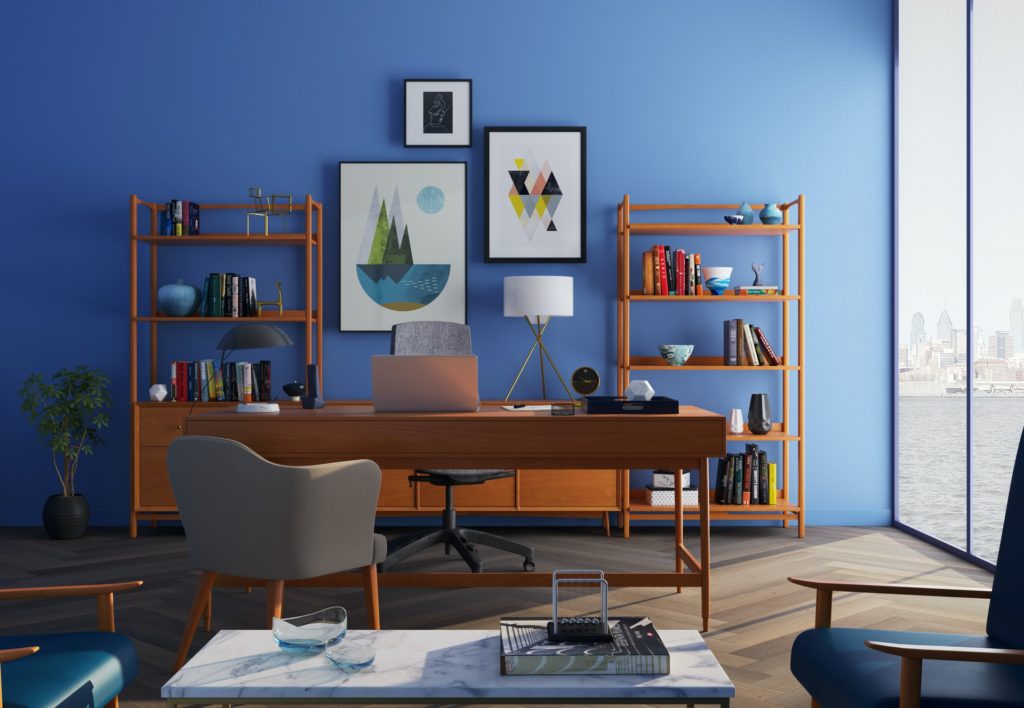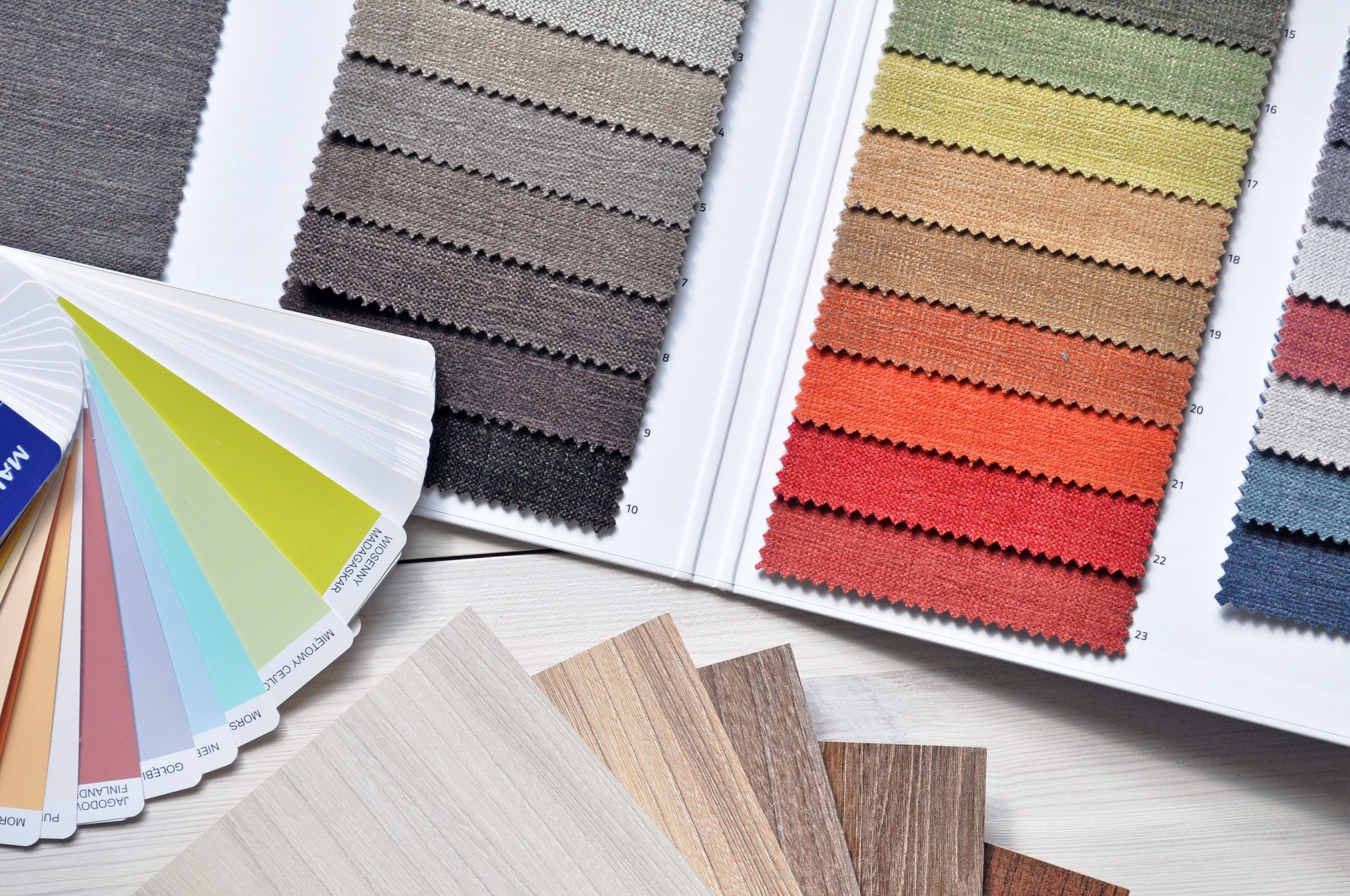Making small spaces feel larger is a true testament to skill for interior designers. To achieve this, they usually have to resort to using a couple of techniques. One of the more critical things to consider is which colors to use and how to connect them within the limited space. So, with that in mind, we will cover the worst and the best colors for small spaces and give you a quick rundown of what makes them good or bad.
The worst colors for small spaces
While it may seem like painting your room in a bright color is an excellent choice for small spaces, the truth is far from so. Depending on the lighting and the furniture, bright colors can even make your room feel smaller. So, before you go for the “obvious options”, take a look at what you need to avoid.

White
White can work in small rooms, but only if you use it for furniture. If you paint your walls white, you will bring a certain amount of light to them. But, you will also emphasize all the dark elements that you have in your space. This emphasis on interior features can easily make your room seem small and cramped.
Red
Red, by default, brings a sense of warmth to a place. This makes it ideal for dining rooms and lounge areas, where you will spend casual time with friends and family. Stil, red shades are not ideal for small spaces. By painting a small room red, you will only make it feel uncomfortable. Just like white, it can work when it comes to furniture. But it is best to stay clear from it when it comes to walls.
Orange
Similarly, orange is a poor choice when it comes to small rooms. While it is warmer and less intense than red, it isn’t a good fit for a modestly sized room. Again, you run the risk of feeling uncomfortable and out of place by painting your room orange. A darker, more brown shade of orange could potentially work. But, the more you stray away from standard or bright orange, the better.
The best colors for small spaces
Colors that are suitable for small spaces usually help make them feel larger. This is done mainly by association, as we tend to associate different colors with different things. For instance, if we were to ask you to associate the color blue with something, you would likely say the sky. If we’re to give you green, you would likely say grass or forest. While these associations may seem trivial, they are the key reason why specific colors work better for small spaces. And why, if you combine them with suitable furniture pieces, they will make your room feel substantially bigger. Also, keep in mind that paint finishes can play a vital role in how your color looks. So, if you want to make your room look big, try to take everything into account.
Soft grey
Soft grey tones reap all the benefits of white. Namely, grey shades help bring in light and therefore make your room brighter. Still, they don’t emphasize darker furniture as much. This lack of emphasis is why soft grey can perfectly work within a small space, especially with large windows.
Caption: Grey walls work well with dark furniture.

Dark green
While most hues of green can work in a small space, we suggest that you stick with darker shades. Dark green is solely associated with lush forests, which gives your room the feeling of openness. If you opt for other shades, we suggest that you carefully coordinate your furniture. Theoretically, any shade of green can work in a small space. But you need to carefully plan out the interior design before you incorporate it.
Blue
It is by no means a secret that the blue color makes a room feel larger. The association with the openness of the sky is obvious and well used by experienced interior designers. If you combine it with white furniture, you get not only an excellent color scheme but also a look that will make your room feel twice as big.

Final thoughts regarding the worst and the best colors for small spaces
The first thing to keep in mind is that painting your home is not a simple project. While, theoretically, it can be done in a couple of hours, you should at least reserve a whole weekend for the job. Professionalmover.ca even recommend storing your furniture while you paint, as doing so protects your belongings and makes the job easier.
When reading about the worst and the best colors for small spaces, you shouldn’t take them as set in stone. After all, colors are merely one aspect of your room. In some instances, even impossible colors can work if used with forethought and understanding. So, we suggest that you use our advice as more of a guideline and less of a strict rule. And the final advice we have for you is to not shy away from working with professional interior designers. While you may have ideas on how to decorate your home, know that an experienced eye and feeling is not something you are born with. A good designer will help you pick both the pain and the paint finish and direct you about other aspects of your space. Yes, hiring an interior designer isn’t exactly cheap. But, if you want to make the most of your home, they are well worth the money spent.
